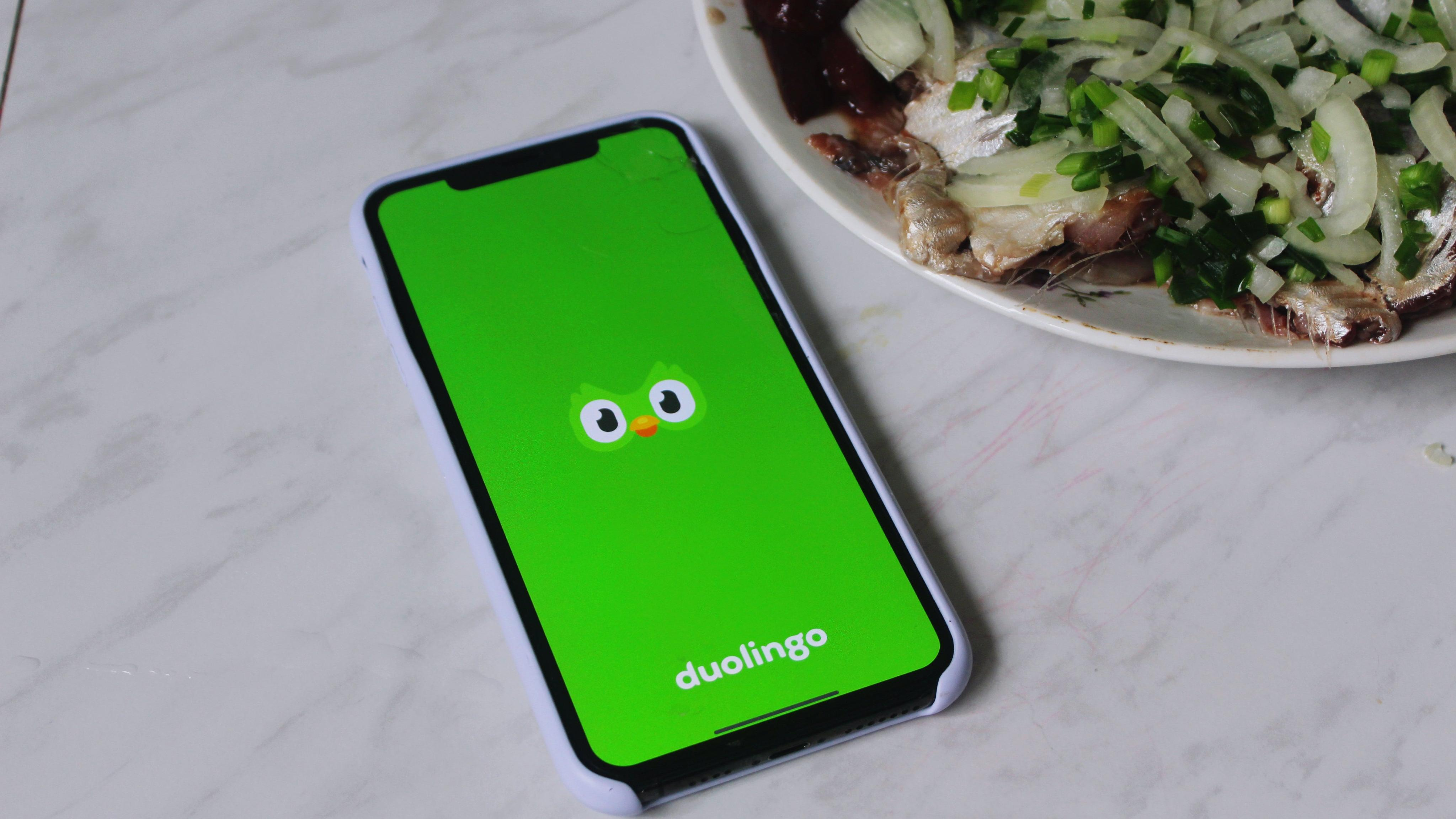Duolingo Is Opening A Taqueria, As It Should
Food is the perfect tool for learning a new language.
¿Dónde está el café? Où se trouve le restaurant? Ima doko de tabe raremasu ka? It's important to know how to find food in any language (even if you're just copying and pasting from Google Translate—apologies to any speakers of these languages). You never know when you might find yourself on an international adventure or in a neighborhood where you'll more easily get your point across speaking anything but English.
Language-learning app Duolingo is taking this sentiment to another level by opening its very own restaurant, Pittsburgh Magazine reports, where diners will be rewarded for their grasp of the Spanish language.
Duo’s Taquería, a restaurant run by a language app
The takeout-only restaurant, called Duo's Taquería, opens in Pittsburgh in June and will be run by chef Marcella Ogrodnik, who has previously earned acclaim for her popup specializing in El Salvadorian cuisine. For Duo's, her menu is inspired by Mexico City street tacos, making tortillas out of nixtamalized heirloom corn and featuring pork, chorizo, and vegan options alongside some sides and a dessert.
Yes, you could stop by and just order the food, but the Duolingo twist is that if you choose to participate in a Spanish-language challenge, you could be rewarded with discounts or a free item. The questions will be speech-based challenges pulled straight from Duolingo's Spanish curriculum and guests will be asked to answer them directly into a microphone at the counter when ordering. "It's a good way to incentivize someone to get out of their comfort zone and learn a little bit about speaking another language," Ogrodnick tells Pittsburgh Magazine.
According to Food & Wine, this isn't the first time Duolingo has turned to food spots to spread its teachings. Last March the language app partnered with five delis across the country to encourage people to speak Yiddish in exchange for a free bagel.
Learn a new language over lunch
So why continue with this strategy? It's not just that people are food-motivated, but also that sometimes a person's first exposure to another language is through dishes they've never encountered before. Most of us have already picked up some basic knowledge from just glancing at restaurant menus: queso is Spanish for cheese, coq au vin is French for rooster in wine, and schnitzel translates to cutlet in German.
And the act of eating and drinking can provide a space for learning as well. Language exchanges or tandem language learning practices involve two people who have different native languages coming together to have a conversation, first in one person's language and then the other. This can be done over coffee or lunch or any other bite or sip to not only make things more casual but provide added common items to identify and define in various languages.
And even if you're trying to learn on your own, grab a travel guide book and thumb through the food and drink sections. Familiar phrases related to ordering different types of foods will be easier to grasp than complicated lessons on verb tenses. Not to mention, they'll come in very handy on your next overseas trip—all the more incentive to get a handle on the language. Before you know it you'll be the chatty regular in a Parisian cafe, perfectly pronouncing every word.
